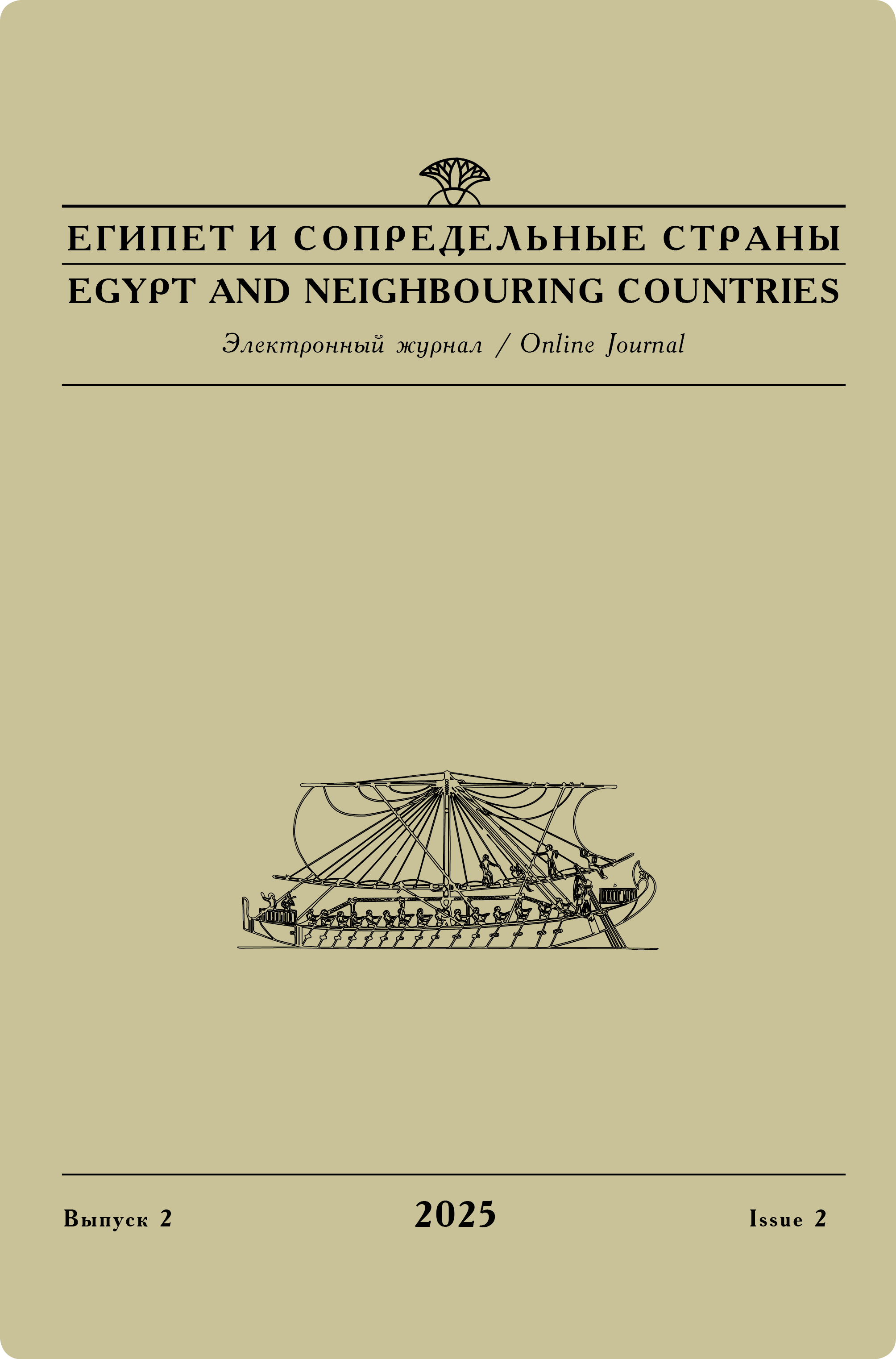Issue 3, 2017
Elena G. Tolmacheva
Inter'ernaia 'tkan' s petukhami' iz raskopok Tsentra egiptologicheskikh issledovanii RAN na nekropole Deir-al'-Banat (Faium): k voprosu o simvolike petukha v pozdneantichnom Egipte (chast' 1) [A household textile with roosters tapestries from CES RAS excavations at the Deir al-Banat necropolis. Some considerarions on the roosters' symbolism in Late Antique Egypt (part 1)]
This paper presents the first part of a study on dating and attributing of a furnishing textile from the grave 203 at the Deir al-Banat necropolis, Fayoum, and interpreting of depictions on it. The textile is viewed in wide historical and art context.
Birds were one of the most favourite motifs for Late Antique weavers. But while there are hundreds of peacocks and parrots on textiles of this time, roosters can be seen seldom. Sources (the lack of them, to be precise) support the presumption that chickens appeared in Egypt rather late. Nearly all bird remains, written sources and images related to the issue in question originate from the Ptolemaic and Roman time. Before that, the rooster was exotic for Egyptians and did not have any symbolic or ritual meaning, was not a personage of folklore and mythology. All ideas connected with chickens came to Egypt together with Greek and Roman everyday culture and art — as these fowls were part and parcel of them.
Greek and Roman sources consider the rooster having multiple meanings — he had solar nature, was associated with deities of war, Athena and Ares (Mars), took part in future-telling practices. He was believed to be a mediator between human and divine worlds and a perfect sacrifice. He was also a psychopomp, his connection with Hermes and Mercury emphasising this role.
Keywords:
Late Antique textiles, Egypt, Fayoum, Deir al-Banat, roosters in Ancient Egypt, roosters in Greece and Rome, bird representations, symbolic meanings, psychopomp, Asclepius, Mercury.
Original language — Russian.
Read full article




